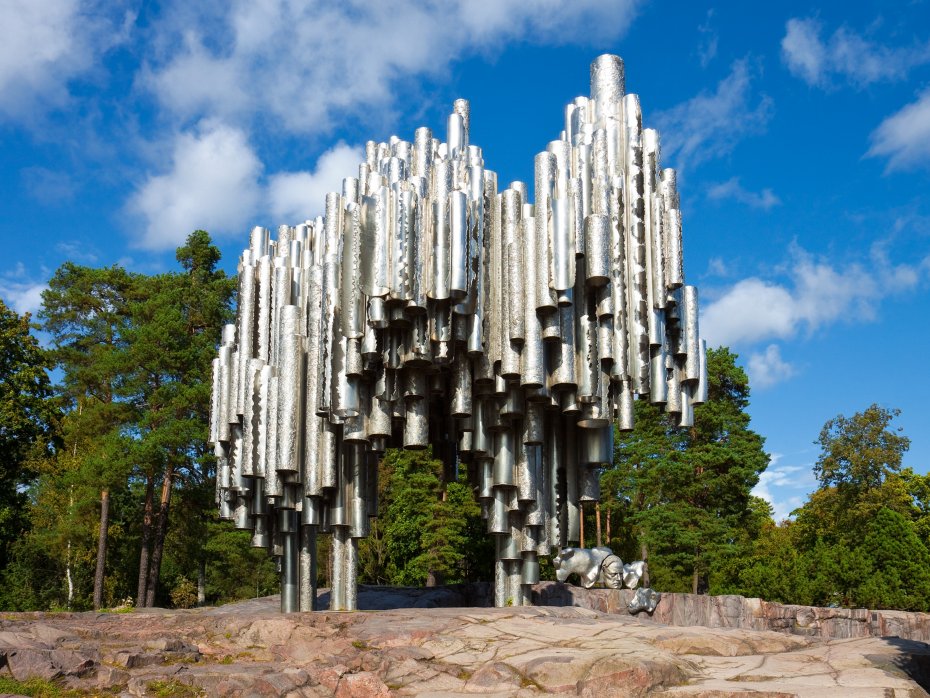

These included “Happy feelings at the awakening of Finnish Spring”, “A Scandinavian Choral March” and even “Impromptu”. As the work grew in popularity, however, it had to be performed under politically inoffensive pseudonyms to avoid Russian censorship. The piece was premiered in July by Robert Kajanus and the Helsinki Philharmonic. This finale was so well-received that Sibelius revised it as a standalone piece the following year with the title Finlandia – a moniker suggested by an unknown fan. The work ended, however, in the rousing “Finland Awakes” – an optimistic look towards the country’s future. Starting in the mists of Finnish legend with the Kalevala-inspired “Song of Väinämöinen”, the piece moved through musical depictions of events such as the introduction of Christianity to Finland, the Thirty Years’ War and a Russian invasion of 1714. So, to mark the occasion Sibelius chose to create a set of seven musical tableaux depicting momentous occasions in his country’s history.

Sibelius finlandia free#
It was advertised as a fundraiser for pensions of newspaper workers, but its real purpose was to help finance a Finnish free press. Press censorship was a strong characteristic of Russian rule, and in 1899 Sibelius was asked to compose some music for a “Press Celebrations” event. This was the political backdrop against which Finlandia was formed. Later, it would prove a continual font of inspiration for Sibelius, whose patriotic feelings chimed in with many other Finnish dissenters. Part of the Finns’ cultural fightback derived from the 1835 the publication of Elias Lönnrot’s Kalevala – a collection of indigenous legends and folktales which formed a kind of mythic history of Finland. Finnish nationalism rose up in response to this foreign influence, and Tsar Nicholas II’s introduction of another wave of Russification policies in 1908 only served to strengthen anti-Russian feeling. For almost the entirety of the 19th century, Finland existed as a “Grand Duchy” within the Russian empire, which sought to decrease Finland’s autonomy by imposing so-called “Russification” policies. But in 1808 what ostensibly began as a temporary occupation of Finland by Russia in order to put strategic pressure on Sweden became an invasion that would last over a century. Though educated in a Swedish school and not having learned Finnish until later in life, the composer nevertheless identified strongly with the culture of Finland – a culture that was, in the last years of the nineteenth century, straining at the leash of foreign influence.įrom as far back as the Middle Ages, Finland was in the competing spheres of influence of the empires of Sweden and Russia. But in his earlier career, nationalism was not only a driving force in some of his best-loved works, but also a response to very tangible historical and political pressures.
.jpg)
Jean Sibelius’s detractors wrote him off for his perceived parochialism, and it’s likely that summations of his work as “Romantic nationalism” later in life would have galled him. Here, we look at the story of this rousing, nationalistic work. On 6th December, 100 years to the day since Finland declared independence, Gothenburg Symphony live streams a concert of Finnish music, closing up with Sibelius’ well-known tone poem Finlandia.


 0 kommentar(er)
0 kommentar(er)
